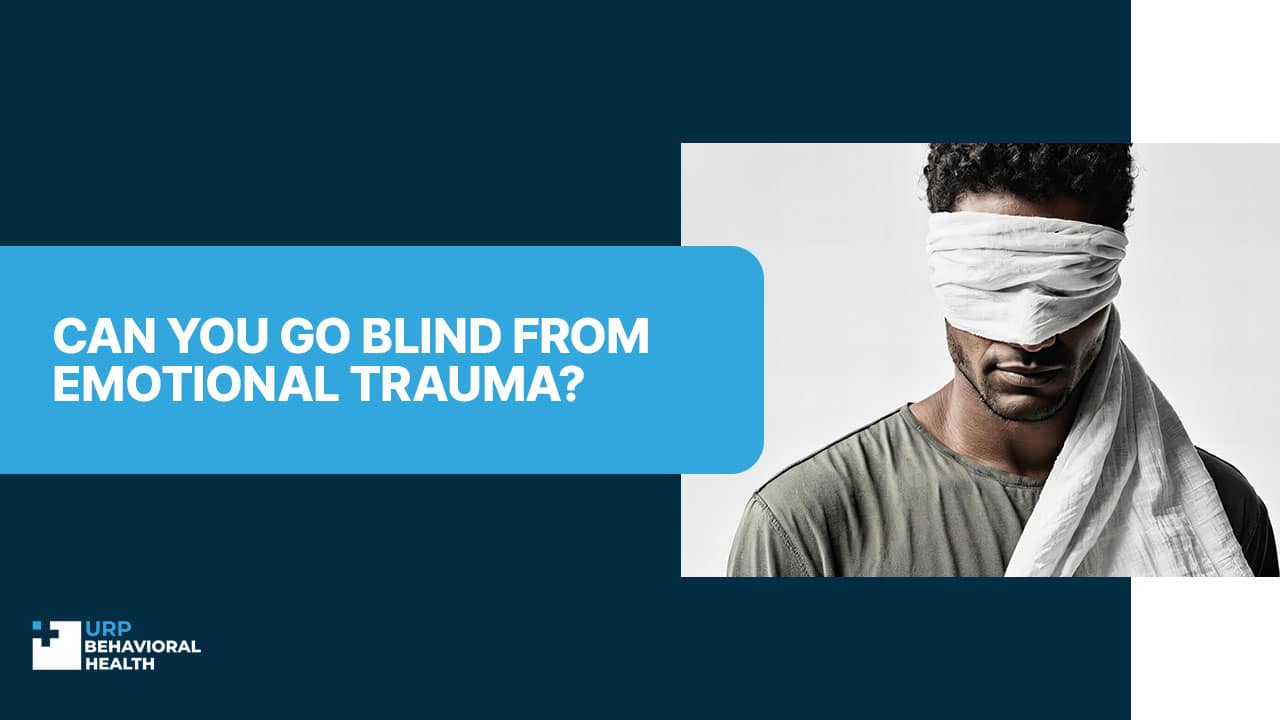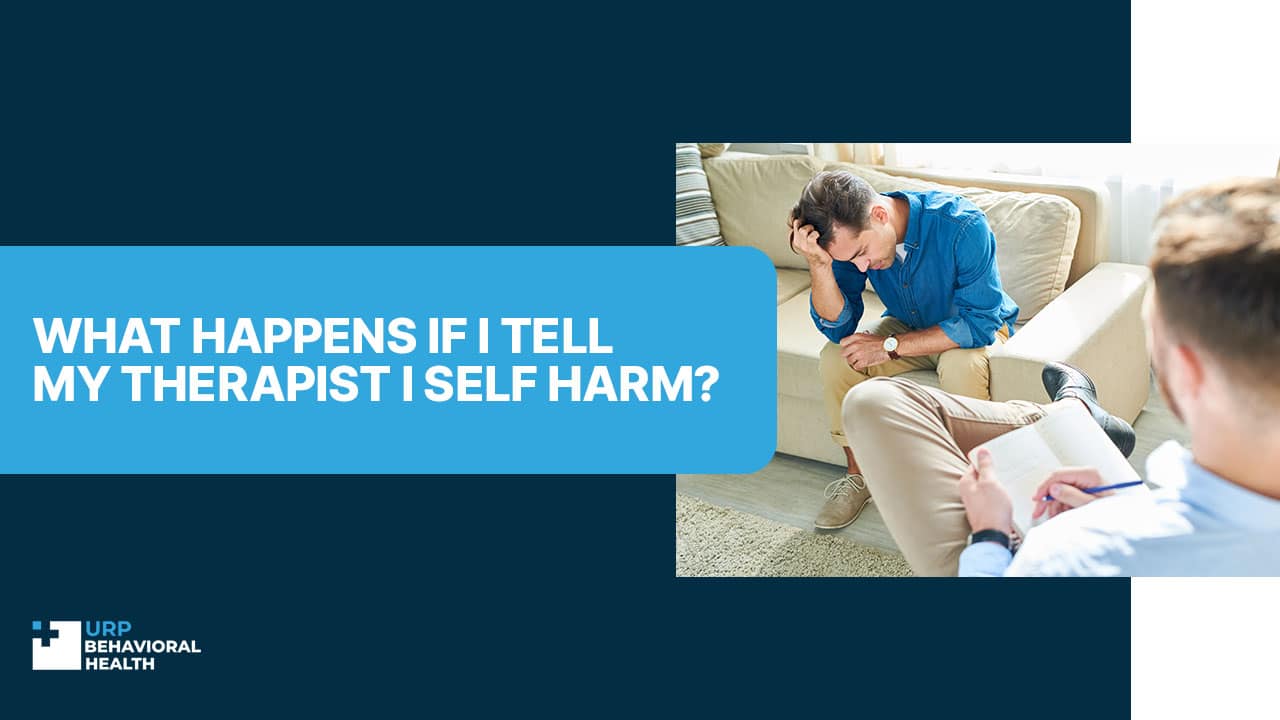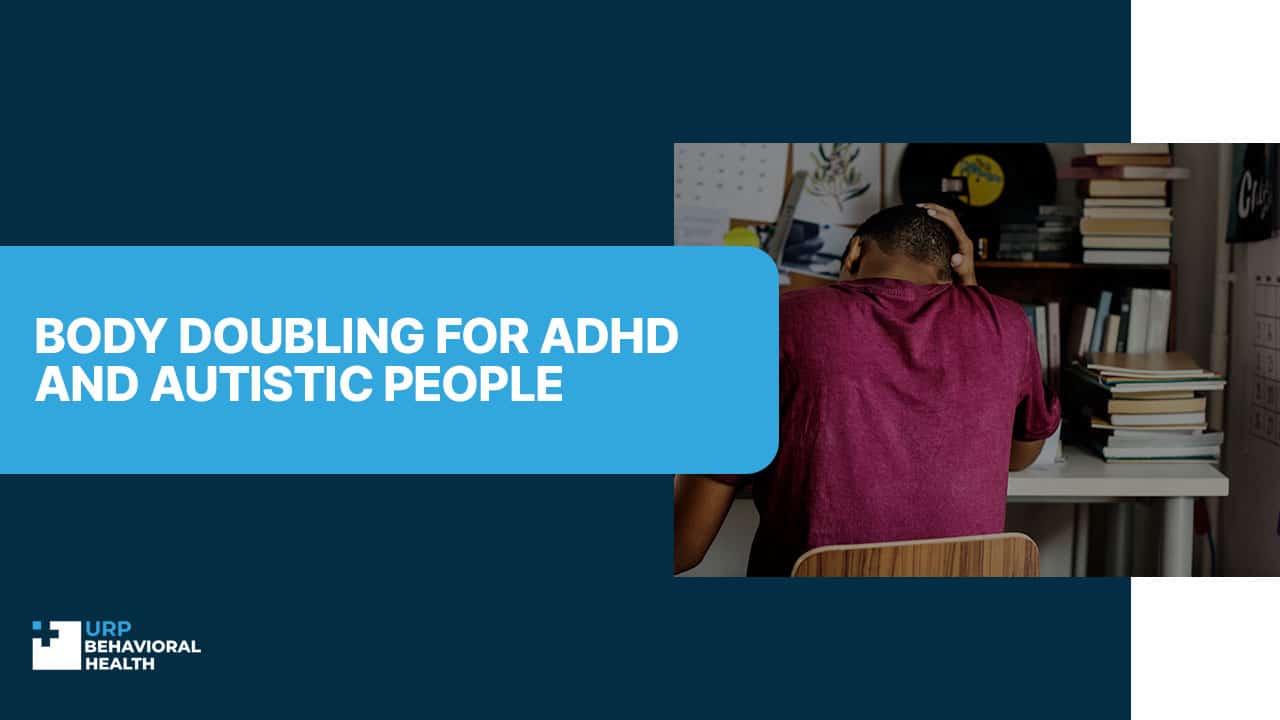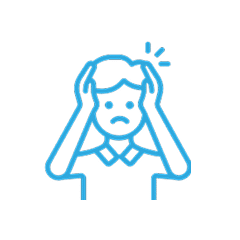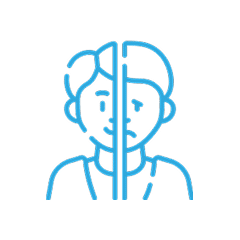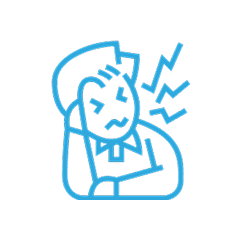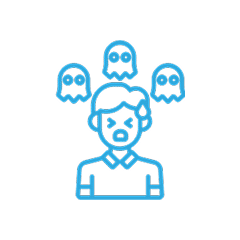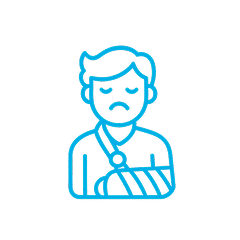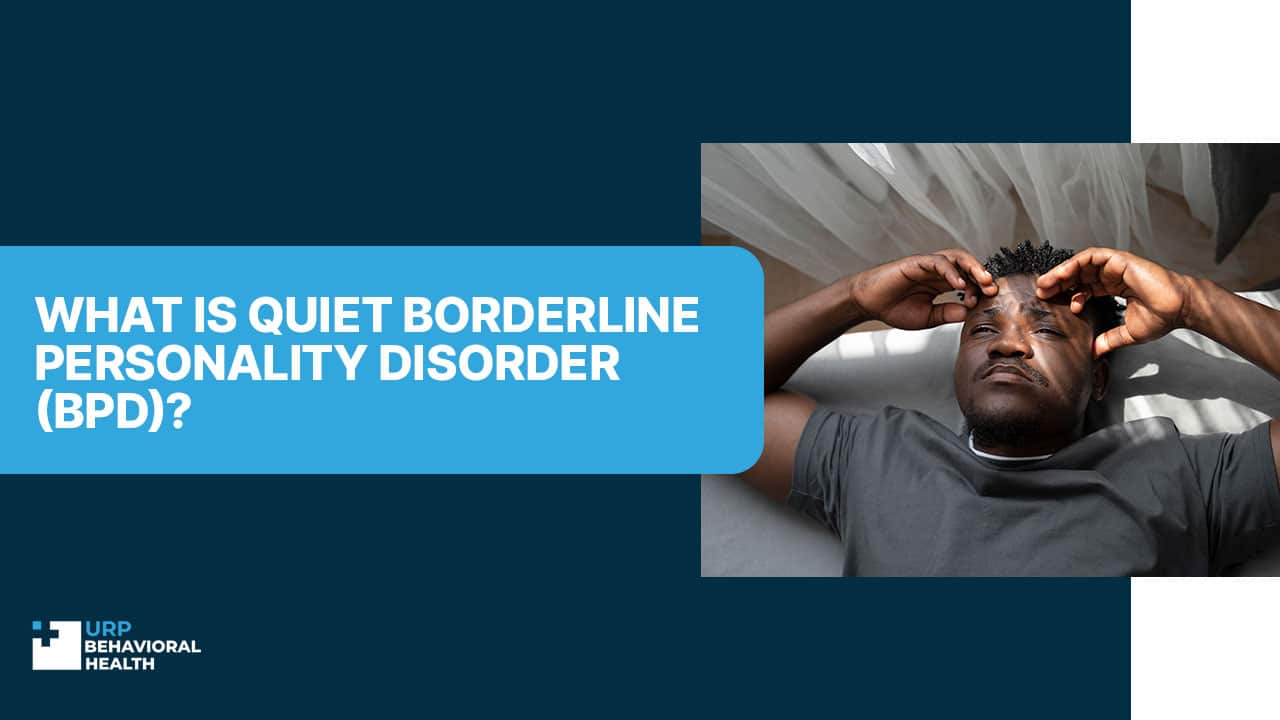
What Is Quiet Borderline Personality Disorder (BPD)?
The term “BPD”, namely borderline personality disorder, relates to a mental health issue with a global prevalence of 1.8% of the worldwide population [1]. It often leads to intense emotional reactivity and impulsive behaviors that feel difficult to control. BPD engenders unhealthy and destructive behavioral patterns that impact the whole life quality of both a BPD person and their surroundings.
Noteworthy, not all BPD patients behave similarly, and when you face a person with a so-called quiet borderline disorder, you might not even notice they have a mental issue. If you still have no idea what quiet BPD is and which criteria this diagnosis meets, let’s explore this issue in our blog article.
What Is BPD and Which Subtypes Does It Have?
According to the DSM-5, BPD is categorized under Cluster B personality disorders, alongside narcissistic, histrionic, and antisocial personality patterns [2].
Typical signs of borderline personality disorder include:
- Emotional imbalance with peak emotions changing abruptly;
- Episodes of rage and anger;
- Depressive episodes;
- Manipulative behavior;
- Low self-esteem and uncertain self-identification;
- Impulsive behavior without thinking;
- Uneven and unhealthy boundaries;
- The sense of internal void and hopelessness.
Consequently, a person with BPD changes mood and their point of view frequently and without a reason. It is challenging to build relationships with them as they manipulate others and require maximum attention to their needs and feelings. They are not mean but often act like they are wicked to others.
Contact our admissions team now to begin your path toward a brighter future.
At once, the whole BPD population is not homogenous. There are several subtypes of this diagnosis with distinctive features. For instance, the research [3] identified three main clusters among BPD patients:
- Core BPD with distinctive symptoms of this disorder prevailing;
- Externalizing BPD cluster with core symptoms combined with narcissistic and histrionic features;
- Schizotypal BPD, which has schizotypal and paranoid features.
The last one relates to the so-called quiet BPD. Yet, to define what does quiet BPD look like, we still need to categorize its symptoms and peculiarities.
Quiet BPD as a Distinctive Type of Borderline Personality Disorder
When we usually talk about borderline personality disorder, we imagine a person whose emotional control is lacking and who behaves aggressively and impulsively, and often hurts other people with their actions and words, although they might have no intention to harm the surroundings. That’s how BPD manifests outside. Yet, sometimes it happens that this distinctive behavior is targeted inside the person and remains almost unnoticed by others. While still being destructive, it impacts the BPD person himself/herself, not their environment.
That’s what is called borderline personality disorder of a quiet type.
What Causes Quiet BPD?
The factors inducing quiet BPD resemble those of classic borderline personality disorder. Although scientists still have only hypotheses about the occurrence of this disorder, they insist that three main causes may be decisive:
- Genetics. If you have a relative or predecessor who was diagnosed with BPD, the chances that you inherited it are higher.
- Child abuse or trauma remains among the most likely causes of BPD.
- BPD frequently coexists with other psychiatric conditions. It’s not uncommon for individuals to also experience issues such as anxiety, disordered eating, narcissistic traits, or bipolar symptoms.
As for the type of BPD originated from these reasons, it mostly depends on the particularities of a child’s temperament type and personality. For instance, a calm temperament may induce the inward manifestation of BPD, while in a more extroverted personality, BPD tends to manifest in outward symptoms.
Symptoms of Quiet BPD
The symptoms of quiet BPD can be difficult to identify because they often remain hidden beneath the surface. While typical borderline personality disorder is known for explosive emotions, intense anger, or turbulent relationships, quiet borderline personality disorder shows up in more subtle ways. These symptoms may not be outwardly visible, but they can still cause deep emotional pain and seriously affect a person’s mental well-being.
They are as follows:
- Unhealthy boundaries or no boundaries at all;
- Focusing on a certain person, which often looks like obsession. If this individual is a family member, a partner, or a child of a quiet BPD person, it can be embodied in total dominion and the need to spend all the time with a person of interest;
- Self-isolation which is a protective strategy for quiet BPD patients;
- Self-aggression which can cause self-harm;
- Uncertain self-image. One day a BPD person can feel their grandiosity while another day they truly don’t understand who they are;
- Regular mood swings which last from a couple of hours to several days;
- Lack of understanding of other people’s feelings and actions;
- Procrastination or self-sabotaging patterns which often bring troubles with reaching goals or working successfully;
- Thinking that your emotions and senses are wrong.
Often this type of BPD is mistaken for other cluster C disorders or psychotic disorders due to overlapping symptoms and lack of pronounced BPD symptoms [4x].
Reach out today and let us create a treatment plan designed around your needs.
Quiet BPD vs Classic BPD: Similarities and Differences
The first and foremost difference between classic BPD and quiet BPD is the direction of emotions and manifestations. While classic BPD is externalized and its impulsive actions and emotions are visible as they are targeted at others, quiet BPD is internalized and targeted at the patient. Other differences include:
- Emotional manifestation. Quiet borderlines suppress emotions while classic BPDs express them;
- Quiet BPD encompasses self-blame and self-harm as a coping mechanism and classic BPD is manifested in manipulative and reckless behaviors;
- Conflict engagement. For quiet BPD, avoiding conflicts with a partner is a core strategy, while for classic BPD, conflicts are an integral part of the overall behavioral pattern.
However, both classic and quiet BPD have similar causes, triggers, and troubles with emotional balance.
How Is Quiet BPD Diagnosed?
Quiet BPD episodes are almost invisible because a BPD person suppresses and conceals their emotions from others. Studies claim that quiet BPD in women occurs more regularly than in males [5]. This happens given that women are more prone to self-blame and for men, impulsive actions intended outward are more typical. That’s why quiet BPD in men is atypical and extremely hard to diagnose.
To clarify if a person has quiet BPD, specialists suggest medical examinations and surveys to highlight the main quiet borderline symptoms. If a patient has a relative with diagnosed borderline personality disorder, the diagnostics is easier. Usually, the diagnostics of quiet BPD is the task of an experienced and certified specialist, and only a combination of thorough investigation and evaluation of a patient can prove fruitful.
Supporting a Loved One With Quiet BPD: Approaches to Care and Treatment
As for the relevant help, quiet BPD stays similar to the conventional type of borderline personality disorder and encompasses:
- Several types of psychotherapy i.e., schema therapy, MBT, and DBT.
- Family therapy aims to educate BPD patients’ family members on understanding the roots and mechanisms of their loved one’s behavior.
- Medication management, which helps to reduce co-occurring symptoms like psychosis, depressive episodes, anxiety, and aggression (including self-aggression).
Summaries
It can be incredibly hard to recognize that someone close to you is struggling with quiet BPD, as their symptoms tend to be internalized and rarely show obvious signs to those around them. Now that you know what is quiet BPD, you are aware that this diagnosis negatively influences the quality of life of both a patient and their family. Only with caring family support and under the guidance of a certified mental health provider, a patient with quiet BPD can get relief and bypass constant self-destructive behavior.
At URP Behavioral Health, we successfully help people with quiet BPD. We are always glad to provide you with informative support about this disorder, develop custom rehabilitation plans, and supervise your rehabilitation until you get the relief you need.
We’ll help you understand your options and guide you toward care.
Resources:
- https://www.sciencedirect.com/science/article/pii/S0160252724000815#:~:text=Globally%2C%20the%20prevalence%20of%20BPD,et%20al.%2C%202020).
- https://www.psychiatry.org/File%20Library/Psychiatrists/Practice/DSM/APA_DSM-5-Contents.pdf
- https://pmc.ncbi.nlm.nih.gov/articles/PMC5494904/
- https://pmc.ncbi.nlm.nih.gov/articles/PMC8874928/#sec4-medicina-58-00162
- https://pmc.ncbi.nlm.nih.gov/articles/PMC10811047/#:~:text=BPD%20females%20more%20likely%20reported,outbursts%20of%20anger%20(6).

